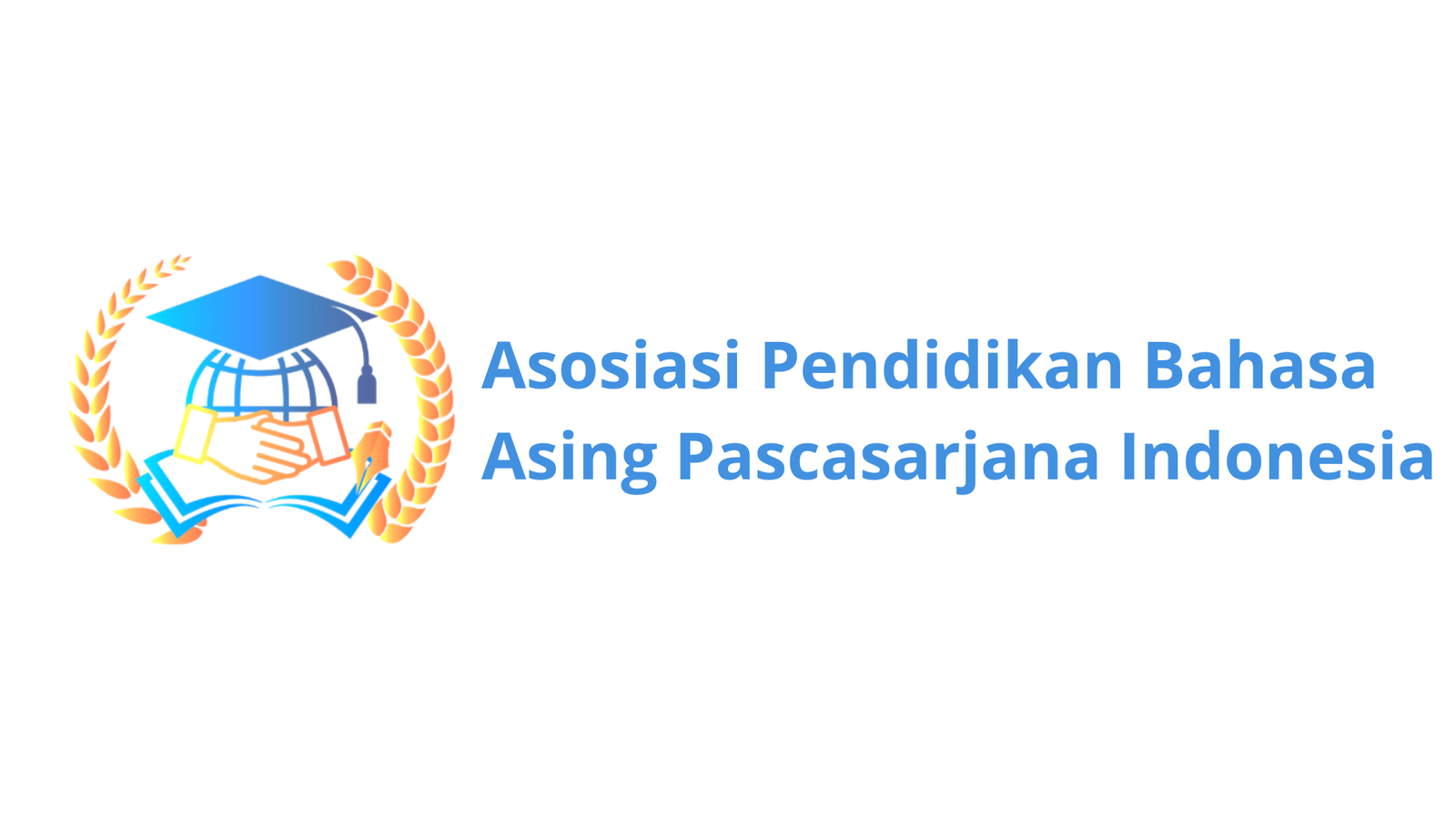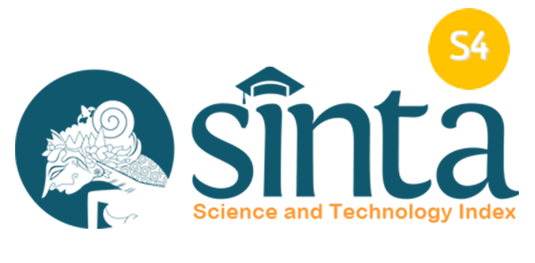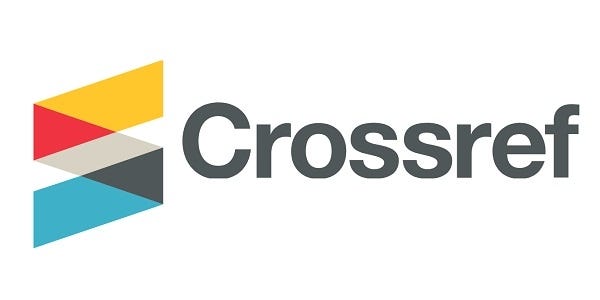The Liveworksheets in Vocabulary Learning: Implementation and Perception of EFL Students
DOI:
https://doi.org/10.36663/tatefl.v6i2.972Keywords:
Vocabulary, Technology-based Media, Liveworksheets, EnglishAbstract
This study investigates the implementation of the Liveworksheets application in vocabulary learning for 8th-grade students at a public high school in Bali and explores students’ perceptions of its use. While existing literature has primarily emphasized the technical features of Liveworksheets and its general application in language learning, there remains a significant research gap in understanding how this tool is practically integrated into vocabulary instruction within offline classroom settings—particularly in Indonesian secondary education—and how students perceive its effectiveness. To address this gap, this research employs a descriptive qualitative approach, incorporating document analysis, classroom observations, questionnaires, and in-depth interviews with an English teacher and students. The findings reveal that Liveworksheets is used mainly as a formative assessment tool, supporting vocabulary retention through features such as automatic feedback and interactive formats. Students identified benefits such as personalized learning, ease of access, and increased motivation, though challenges related to internet connectivity and device limitations persist. This study contributes practical insights into the pedagogical use of interactive digital worksheets in vocabulary learning, particularly in offline classroom environments in Indonesia.
Downloads
References
Alfiah, R., Santosa, M. H., & Kusuma, P. I. (2024). Exploring students’ engagement in learning English vocabulary through wordwall media for secondary level. Jurnal Pendidikan Indonesia, 5(7), 357–363. https://doi.org/10.59141/japendi.v5i7.3107
Arsani, N. K. A., Padmadewi, N. N., & Dewi, K. S. (2025). The implementation of Liveworksheets in teaching basic English literacy. Journal of Educational Study, 5(1), 47–53. https://doi.org/10.36663/joes.v5i1.963
Braun, V., & Clarke, V. (2006). Using thematic analysis in psychology. Qualitative Research in Psychology, 3, 77–101. https://doi.org/10.1191/1478088706qp063oa
Casmat, M., & Pribadi, B. A. (2022). The use of mobile learning to enhance learning innovation pasca pandemic Covid-19. Journal of Learning and Technology, 1(2), 86–94. https://doi.org/10.33830/jlt.v1i2.4262
Collins. (2011). Easy learning English vocabulary. Harper Collins Publishers.
Creswell, J. W. (2014). Qualitative, quantitative, and mixed methods approaches. Sage
Febiola, S. S., & Aripin, A. A. Z. (2022). The use of online interactive Worksheets in teaching vocabulary at an elementary school in West Jakarta. Eufoni: Journal of Linguistics, Literary and Cultural Studies, 6(2), 12-20.
Harmawati, F., Ilma, R., & Amrina, R. D. (2024). Voices unheard: Teachers’ perspectives on students’ speaking challenges in the classroom. The Art of Teaching English As a Foreign Language (TATEFL), 5(2), 175–185. https://doi.org/10.36663/tatefl.v5i2.895
Hidayah, N., & Asari, S. (2022). Investigating students’ listening skill using Liveworksheet as an outline teaching platform. J-SHMIC : Journal of English for Academic, 9(1), 51–59. https://doi.org/10.25299/jshmic.2022.vol9(1).8611
Husnita, L., Rahayuni, A., Fusfitasari, Y., Siswanto, E., & Rintaningrum, R. (2023). The Role of Mobile Technology in Improving Accessibility and Quality of Learning. Al-Fikrah: Jurnal Manajemen Pendidikan, 11(2), 13. https://doi.org/10.31958/jaf.v10i1.6007
Imaniah, I., & Manar, M. A. Al. (2022). Microteaching In Digital Era Theory and Practice. Deepublish Publisher.
Ismaniar, H., Sumarni, S., & Riyadi, M. (2024). Development of e-worksheet based on discovery learning using liveworksheets to improve concept understanding ability. Jurnal Inovasi Pembelajaran Matematika: PowerMathEdu, 3(2), 177–192. https://doi.org/10.31980/pme.v3i2.1472
Jesus, M. A., Fernandes, C. R., & Lopez, S. P. (2022). The effect of interactive worksheets on student engagement in EFL classrooms. International Journal of Educational Research and Innovation, 15, 102–115.
Jumiati, A. (2022). Improving descriptive writing skill through problem-based learning method of the students in class X MIA 3 at SMA Negeri 1 Nunukan. International Undergraduate Conference on English Education, pp. 117–127.
Khalid, N. A., & Aziz, A. A. (2022). Enhancing vocabulary learning through digital worksheets: A study on Liveworksheets in secondary education. International Journal of Language Education and Applied Linguistics, 12(1), 45–59. https://doi.org/10.5678/ijleal.v12i1.456
Koehler, M. J., Mishra, P., Kereluik, K., Shin, T. S., & Graham, C. R. (2014). Handbook of research on educational communications and technology: Fourth edition. In Handbook of Research on Educational Communications and Technology: Fourth Edition (pp. 1–1005). https://doi.org/10.1007/978-1-4614-3185-5
Le, D. T., & Prabjandee, D. (2023). The use of Liveworksheets to support interactive learning in EFL classrooms. Journal of Educational Technology and Online Learning, 5(2), 112–125. https://doi.org/10.1234/jetol.v5i2.123
Loviyani, N. P. A. N., Padmadewi, N. N., & Budiarta, L. G. R. (2022). Tic Tac Toe effectiveness in teaching English Vocabulary for SD Dana Punia Singaraja fifth graders. Soshum: Jurnal Sosial Dan Humaniora, 12(2), 207–217. https://doi.org/10.31940/soshum.v12i2.207-217
Maharani, A. A. P., & Santosa, M. H. (2021). The implementation of process approach combined with Screencast-O-Matic and Bookcreator to improve students’ argumentative writing. LLT Journal: A Journal on Language and Language Teaching, 24(1), 1–23.
Permana, I. G. Y. (2020). Teaching vocabulary for elementary school students. The Art of Teaching English as a Foreign Language (TATEFL), 1(1), 1–4. https://doi.org/10.36663/tatefl.v1i1.56
Pradnyadari, N. M. M., Padmadewi, N. N., & Dewi, K. S. (2025). The effect of implementing Liveworksheets in teaching basic English literacy. Journal of Educational Study, 5(1), 1-10. https://doi.org/10.36663/joes.v5i1.961
Pramesti, R. D., Padmadewi, N. N., & Wahyuni, L. G. E. (2025). Duolingo: A qualitative study on vocabulary acquisition. The Art of Teaching English As a Foreign Language (TATEFL), 6(1), 41–52. https://doi.org/10.36663/tatefl.v6i1.942
Purnawan, N., Padmadewi, N. N., & Budiarta, L. (2022). The effect of online gamification quiz application on vocabulary mastery for young English learners. JINOTEP (Jurnal Inovasi Dan Teknologi Pembelajaran): Kajian Dan Riset Dalam Teknologi Pembelajaran, 9(1), 33–43. https://doi.org/10.17977/um031v9i12022p033
Raja, R., & Nagasubramani, P. C. (2018). Impact of modern technology in education. Journal of Applied and Advanced Research, 3, 33-35.
https://doi.org/10.21839/jaar.2018.v3iS1.165
Scherer, R., Howard, S. K., Tondeur, J., & Siddiq, F. (2021). Profiling teachers’ readiness for online teaching and learning in higher education: Who’s ready? Computers in Human Behavior, 118(October 2020), 106675. https://doi.org/10.1016/j.chb.2020.106675
Teresa, A., & Febria, D. (2023). Promoting Live Worksheets to raise senior high students’ speaking confidence and motivation. Dialectical Literature and Educational Journal, 8(1), 11–20. https://doi.org/10.51714/dlejpancasakti.v8i1.93.pp.11-20
Widiantho, Y., Hia, N. V., & Sinar, T. S. (2023). Enhancing learning with Liveworksheet: Perceptions, advantages, disadvantages, and impacts. LingPoet: Journal of Linguistics and Literary Research, 4(3), 42–49.
Ur, P. (2022). A course in language teaching: Practice and theory (2nd ed.). Cambridge University Press.
Yasa, K. A. M., Padmadewi, N. N., & Dewi, K. S. (2023). The implementation of technology-based project-based learning model in teaching English at University level: A need analysis. Language and Education Journal Undiksha, 6(1), 1–8.
Downloads
Published
How to Cite
Issue
Section
License
Copyright (c) 2025 Ni Nyoman Risa Aryana Dewi

This work is licensed under a Creative Commons Attribution-ShareAlike 4.0 International License.
License Terms
- Attribution — You must give appropriate credit, provide a link to the license, and indicate if changes were made. You may do so in any reasonable manner, but not in a way that suggests the licensor endorses you or your use.
- ShareAlike — If you remix, transform, or build upon the material, you must distribute your contributions under the same license as the original.
- No additional restrictions — You may not apply legal terms or technological measures that legally restrict others from doing anything the license permits.

















